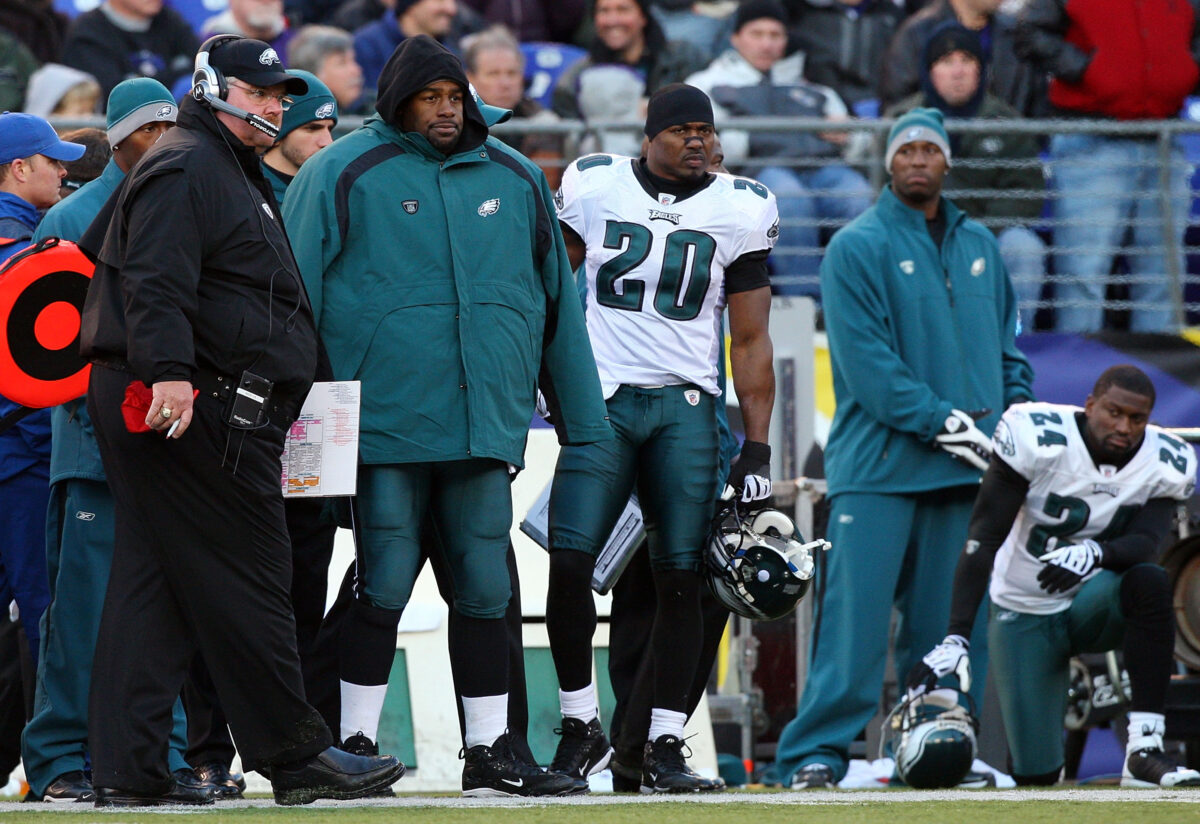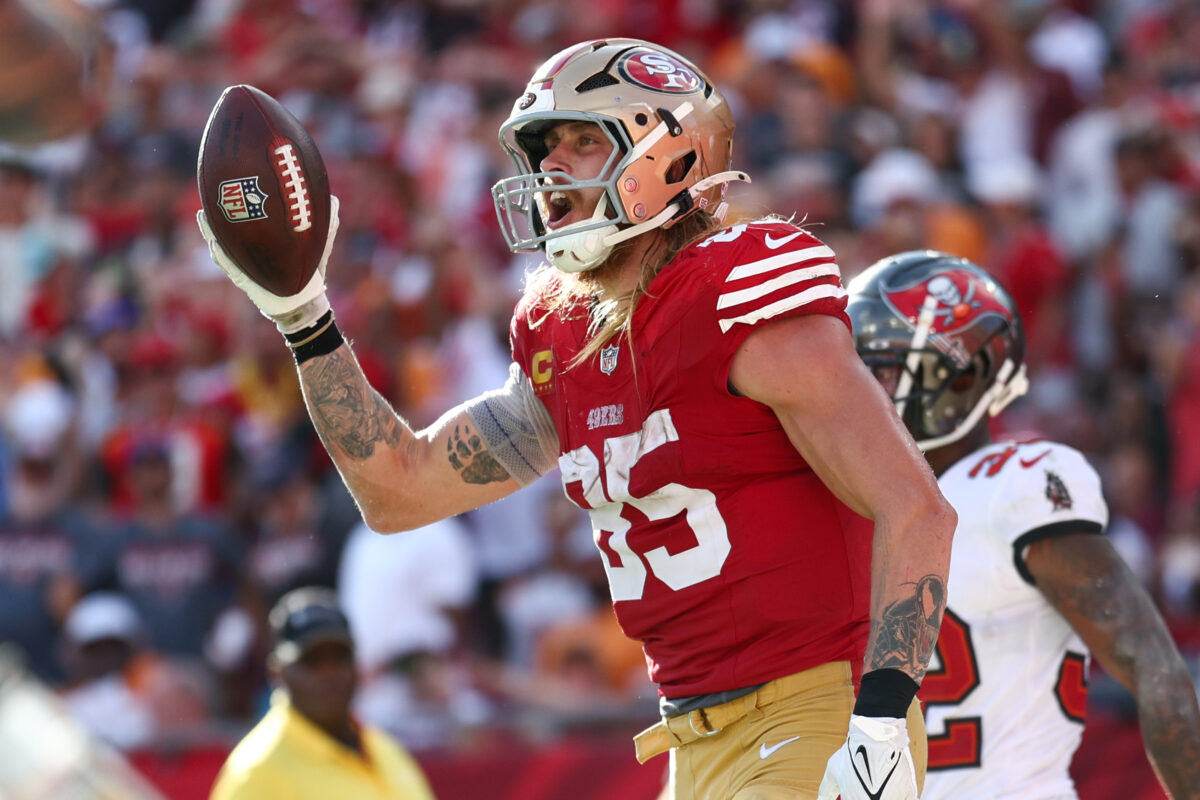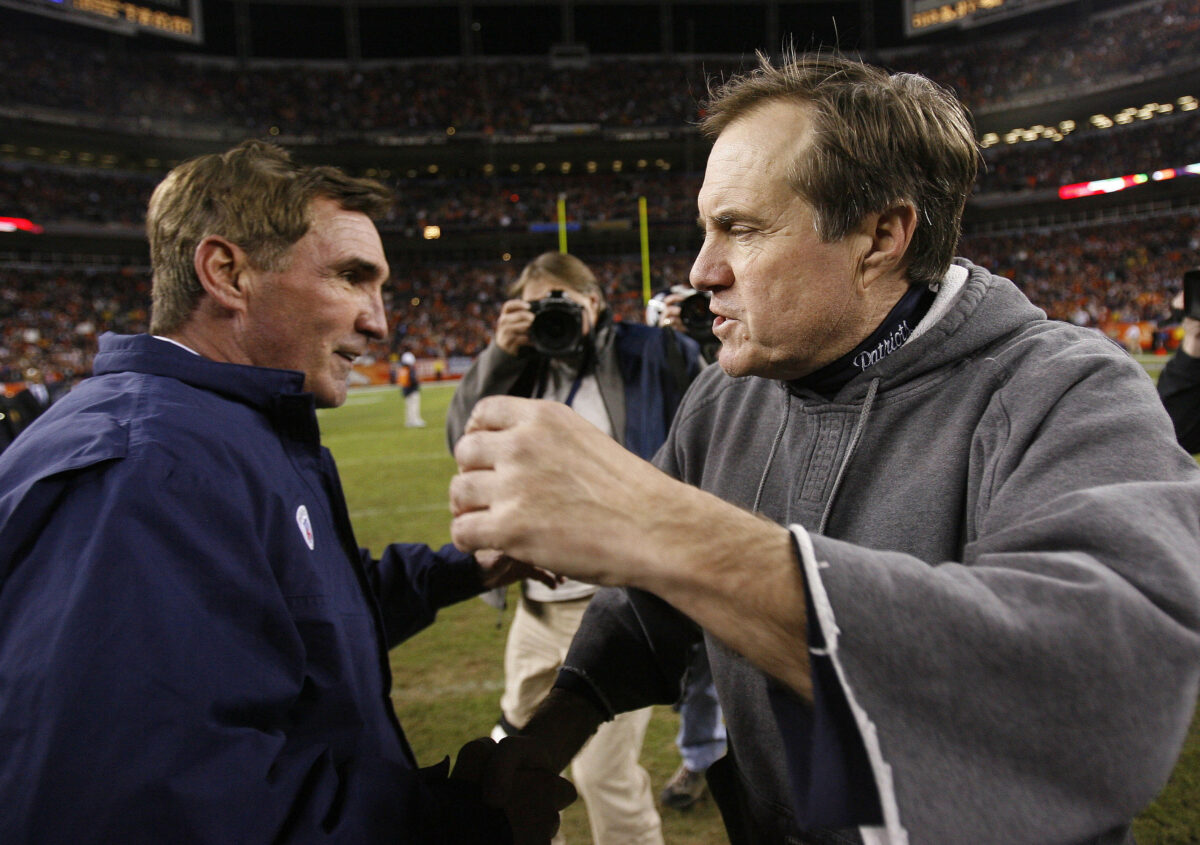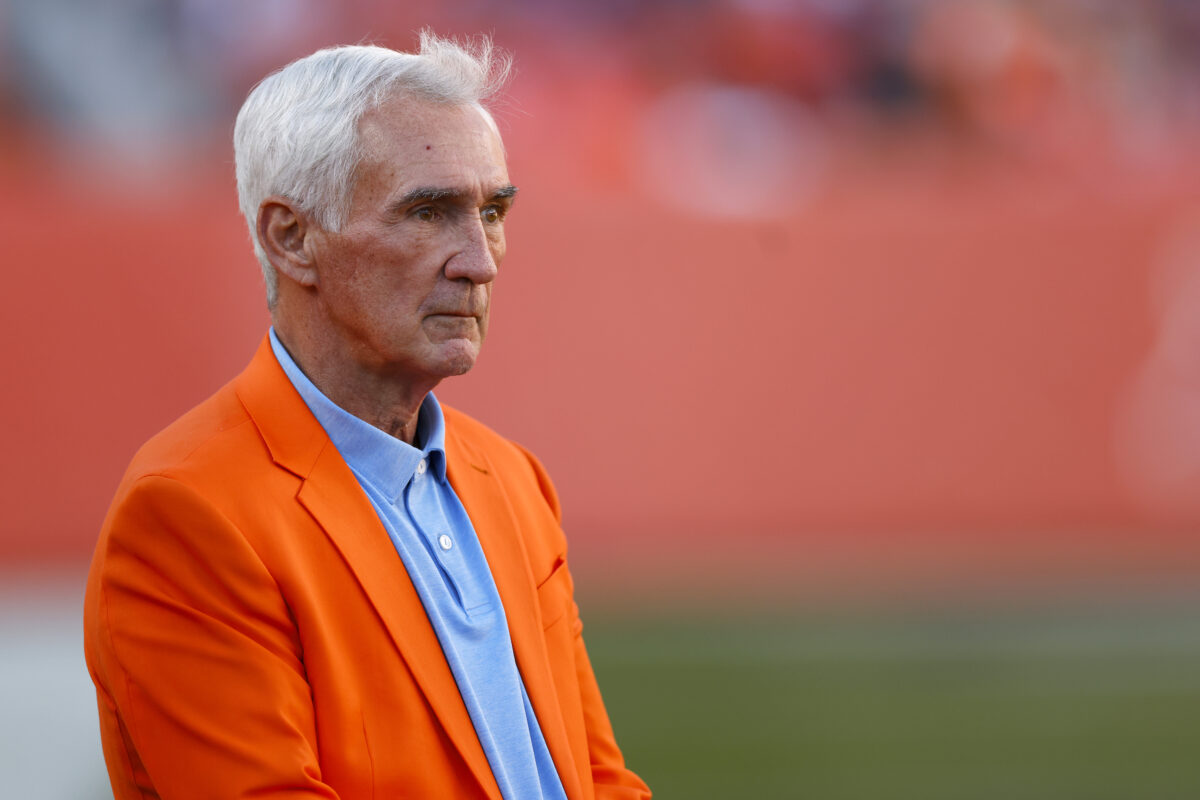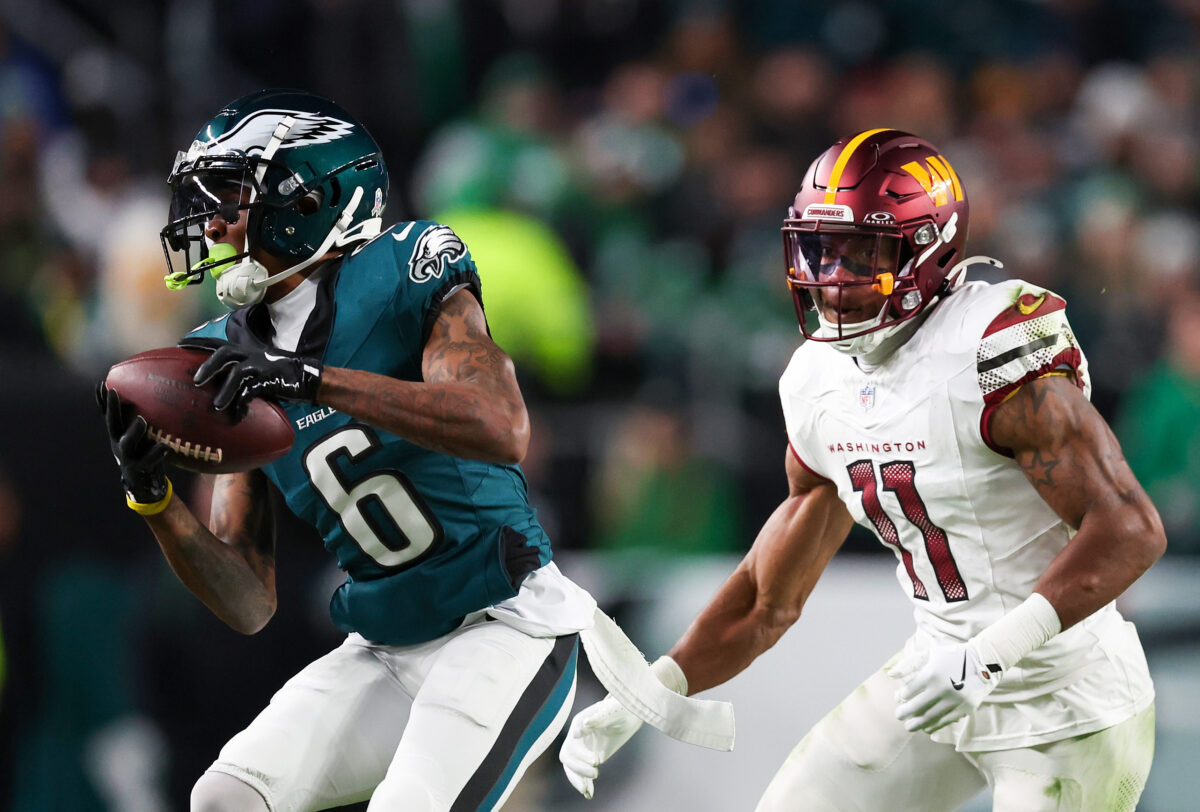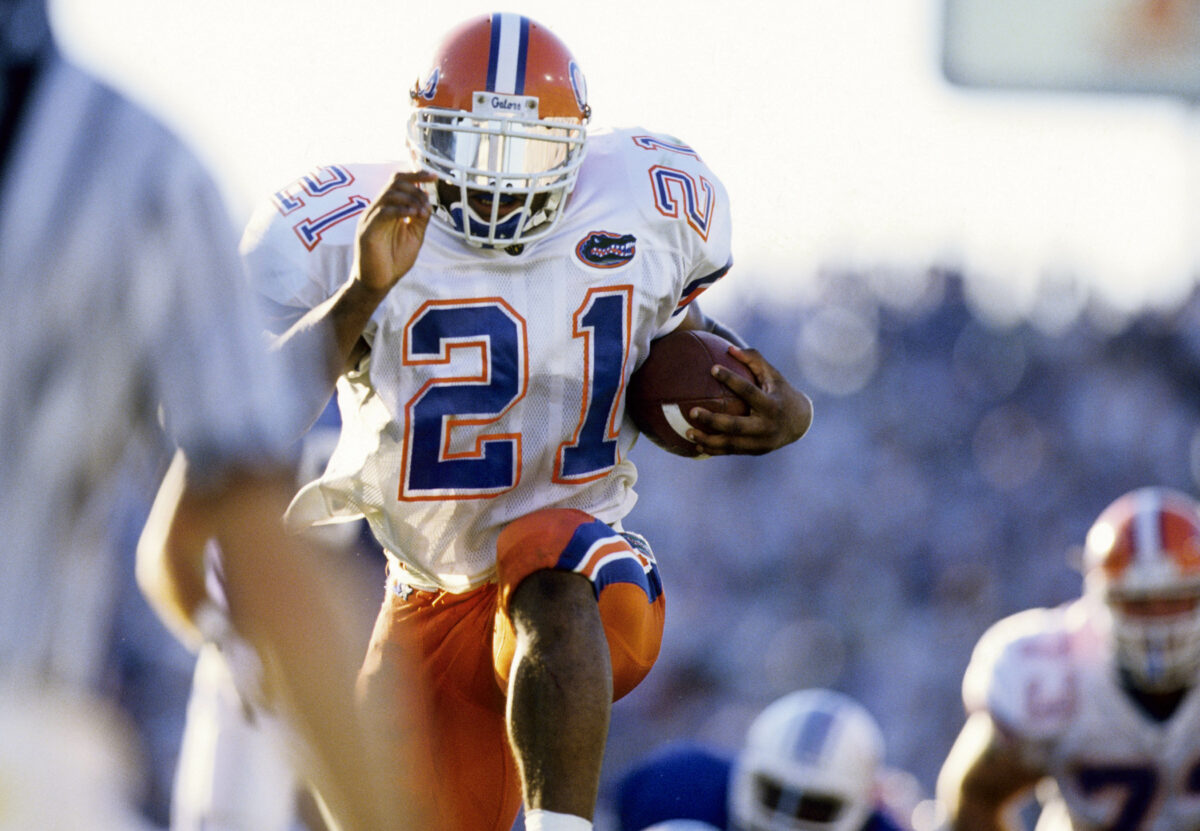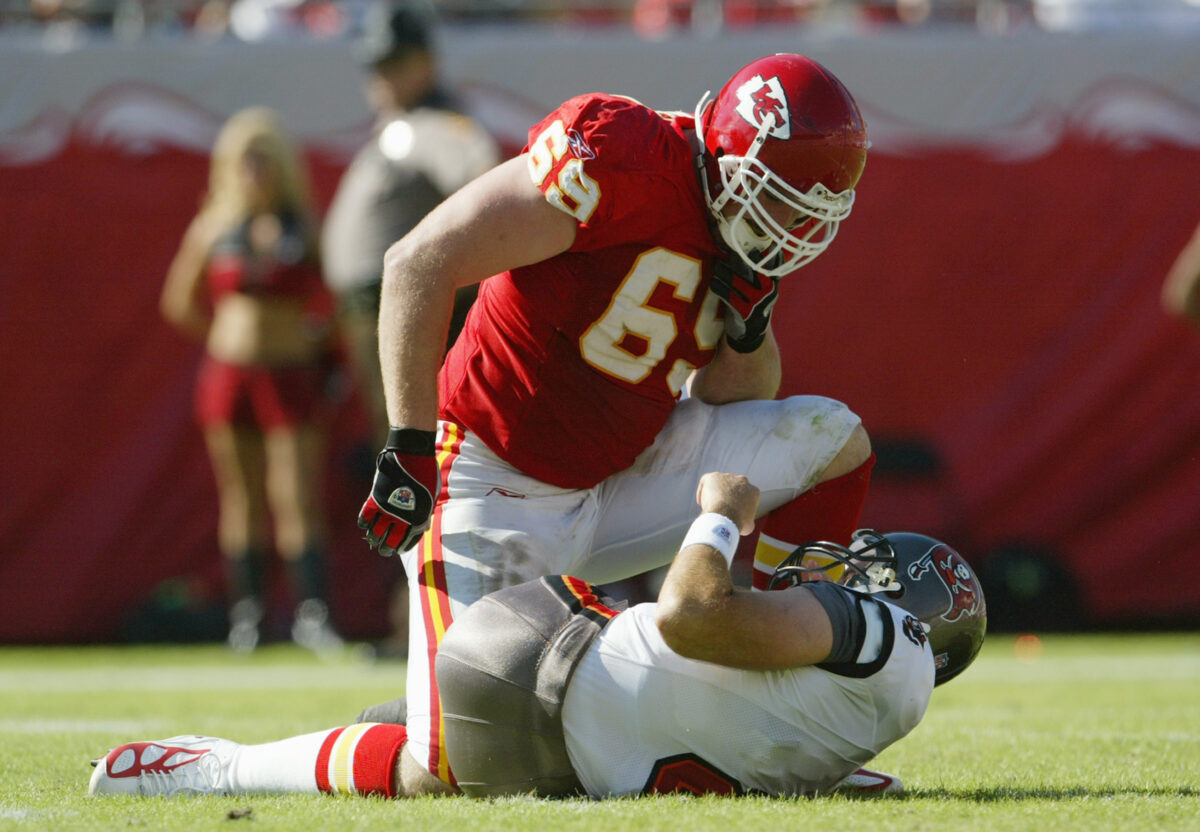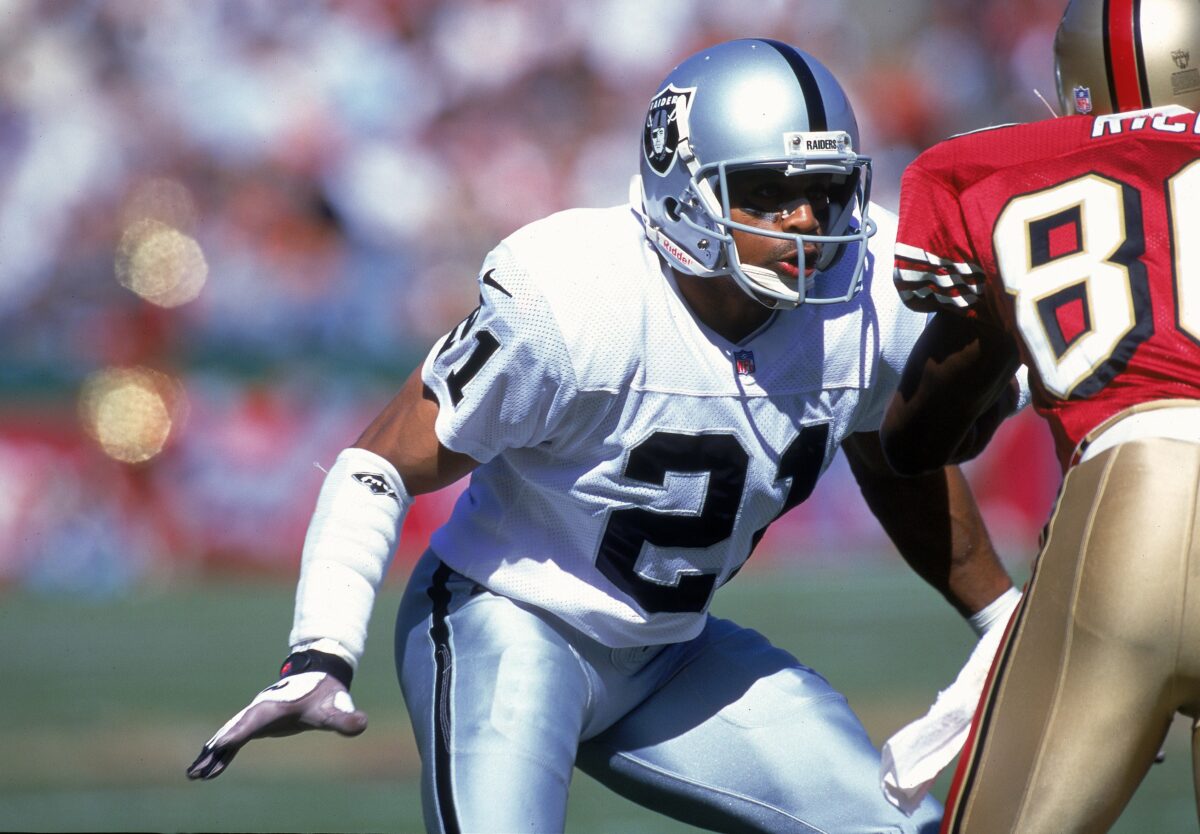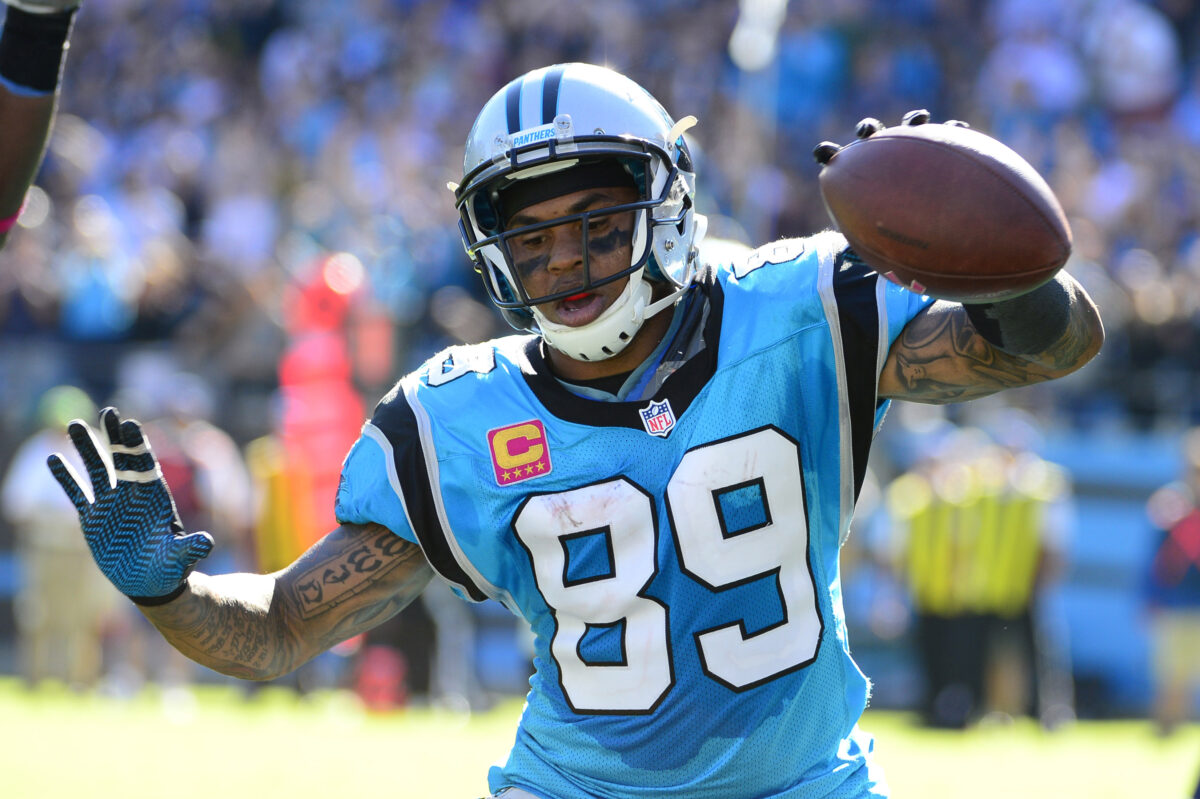This week, Chiefs Wire’s Ed Easton Jr. spoke to Pro Football Hall of Famer and Philadelphia Eagles legend Brian Dawkins.
In his interview with Easton Jr., Dawkins discussed representing Boehringer & Lilly’s It Takes 2 health initiative at the Rose Parade, spreading awareness about getting tested for kidney disease, and his thoughts on former Eagles coaches Andy Reid and Steve Spagnuolo’s success in Kansas City.
As part of his role as a campaign advocate, Dawkins will be riding in a custom float at the parade titled “It’s In Your Hands: It Takes 2,” designed to empower people to take control of their health.
Kidney disease is a progressive and potentially life-threatening condition that impacts more than 35 million adults in the U.S. Dawkins’ parents have a history of both type 2 diabetes and high blood pressure, which makes it critical for both to focus on their kidney health and is why he joined the cause.
https://www.instagram.com/reel/DDsU8YjS6v8/?utm_source=ig_web_copy_link
Dawkins spent thirteen of his sixteen NFL seasons in Philadelphia, where Andy Reid primarily coached him. Steve Spagnuolo served as a defensive assistant coach during Dawkins’ tenure. The nine-time Pro Bowler believed the team’s current success in Kansas City should have happened in Philadelphia.
“What you’re seeing in Kansas City, I thought that was going to be in Philadelphia,” Dawkins explained. “I thought it would be Andy (Reid) still coaching here, and once Jim (Johnson) moved on. However, that was going to be, I didn’t think it was going to be because we lost him to cancer, but I thought he would move on, and then Spags (Steve Spagnuolo) would step into his space. But Spags got an opportunity to go to the (New York) Giants, and the rest is history.”
Reid was the Eagles’ head coach from 1999 to 2012. During his 14-year tenure, he compiled the best win total, winning percentage, and playoff victory total in team history. He won six division titles and made five trips to the NFC Championship game.
“He’s been doing his thing now at Kansas City all these many years later,” Dawkins said. “But first of all, I’m proud of them for sticking to it, of staying in there if Andy went through some tough times in Philadelphia, and of all the things that had him then leave and stop coaching for a while and collect himself.
“Then, he’s come back better. Like he’s coming back with more understanding of how to do different things better. So you can see the evolution of both of them, of how they call games and all those things. And because of that, I believe that that’s one of the reasons the team is in a position to win every year: they both have seen so much.”
Aside from Reid’s three Super Bowl victories with the Chiefs, he’s added more to the NFL record books. He is the only NFL coach to win 100 games and appear in four consecutive conference championships with two teams.
“There’s only so much you can throw in an offense defensively, as far as blitzes are concerned, disguises, and there’s only so much you can do on the offensive side of the ball that they have not seen,” Dawkins explained. “I believe they have the counters for a lot of the things that are thrown their way. And then they have capable talent that the players that, more than likely, I would tell you, police, the locker room themselves, and they don’t have to be told a whole bunch of things when it comes to that. And then they go out and perform at a very high level.”
The following links provide more information on Eli Lilly’s It Takes 2 & TestYourKidneys.com.
